President Trump is planning on a trip to India — probably next month, depending on his impeachment trial in the Senate. That will be almost exactly 20 years after President Clinton’s pathbreaking trip to India, Bangladesh, and Pakistan in March 2000. There are some interesting lessons to be learned from looking back.
Presidential travel to South Asia began with President Eisenhower in 1959, the first-ever voyage by Air Force One. Ike also visited Afghanistan and Pakistan. Jacky Kennedy visited India and Pakistan as first lady, as well. But it was not a frequent occurrence. After President Carter visited New Delhi in 1978, almost a quarter-century went by with no presidential travel to India — until Clinton’s trip. Clinton spent five days in India and did a day trip to Bangladesh from New Delhi, the only U.S. president ever to visit the capital of Dhaka.
The visit to India ended a turbulent period in America’s relationship with India following the Indian nuclear weapons tests in 1998. It also followed Clinton’s intervention in the 1999 Kargil War between India and Pakistan, which threatened to go nuclear. Clinton persuaded Pakistani Prime Minister Nawaz Sharif to withdraw his troops from territory seized by Pakistan in the spring of 1999. India was considering expanding the war outside Kashmir, and possibly blockading Karachi. Pakistan was preparing its nuclear arsenal for use. It was a perilous moment.
After Sharif backed down — something Clinton arranged in a summit at Blair House on July 4, 1999 — he was ousted in a military coup by General Pervez Musharraf, who was the mastermind behind the Kargil fiasco. All American assistance to Pakistan was suspended.
Indian Prime Minister Atal Bihari Vajpayee welcomed Clinton’s pressure on Islamabad. It was the first time that an American president openly sided with India against Pakistan in wartime. Before Clinton’s trip, the American intelligence community offered a chilling estimate: that the chance of a full-scale war between the two nuclear weapons powers was fifty-fifty in the next decade.
After decades of troubled ties, India and America had turned a corner.
Clinton was greeted like a rock star across India, with stops in Delhi, Hyderabad, Jaipur, and Mumbai. He got a standing ovation addressing parliament. The crowds everywhere were enormous. Vajpayee returned the visit later that year with a state dinner in the White House. After decades of troubled ties, India and America had turned a corner. Presidents George W. Bush and Obama continued Clinton’s embrace of India, and both visited the country.
Clinton insisted on also visiting Pakistan on the trip. He believed adamantly that a stop in Islamabad was essential to keeping engagement with Pakistan alive. Not going would send a message that Washington had given up on Pakistan.
There was considerable resistance in the administration, with some arguing that it would give Musharraf’s military dictatorship a degree of legitimacy. Sharif was still in prison in Pakistan. Pakistan was the principle patron of the Taliban regime in Afghanistan, which hosted al-Qaida and Osama bin Laden, and which had already attacked two U.S. embassies in Africa. Others worried it would sour the good will in India (it didn’t).
The Secret Service was very worried about the president’s security in Pakistan. We had reliable reporting that al-Qaida was targeting President Clinton. Part of the trip to Bangladesh was canceled due to reports of a plot to assassinate him in the countryside, and the airport in Dhaka was on high alert during the visit. Pakistan would be even more dangerous, given the deep presence of the terrorist group and its sympathizers there.
In the end, Clinton flew to Islamabad in a small, unmarked jet. The pilot reported alarming heat signatures below the plane at one point in the flight, which had us all spooked. The meeting between Clinton and Musharraf reached no decisions, except that Sharif should not be executed. (Subsequently, I would work with his ambassador in Washington on Sharif’s future.) The visit lasted only a few hours, and from there, Clinton flew to Oman, where he met Sultan Qaboos and rejoined his usual jet for the ride home.
The current administration has made no mention of visiting Pakistan. Trump sidestepped the question of going to Pakistan when he met Imran Khan in Davos, instead praising the relationship as the best ever between the two countries. The Pakistanis are central to any negotiations about the future of Afghanistan and the Taliban, which has retained close ties to the Pakistani intelligence service all these years. The Taliban’s senior leadership lives in Pakistan, and they have sanctuaries for training and equipping their fighters in the borderlands with Afghanistan.
Prime Minister Imran Khan had a successful visit to Washington last July. Washington abandoned the harsh rhetoric about Pakistan that had characterized the administration’s position in its first two years. A presidential visit to Pakistan might facilitate the negotiations with the Taliban in Qatar.
There has been a strong bipartisan consensus in favor of close ties with India. Prime Minister Narendra Modi’s tough position on Kashmir and Muslim rights has raised important concerns about the direction he is taking the republic. A visit by President Trump will be an opportunity to underscore concerns about the issues. Unfortunately, it is probably not the kind of issue this administration is concerned about. If the president’s team decides to add Pakistan to the trip, it will hear an earful — that’s probably a good thing.
The Brookings Institution is committed to quality, independence, and impact.
We are supported by a diverse array of funders. In line with our values and policies, each Brookings publication represents the sole views of its author(s).

![U.S. President Bill Clinton is surrounded by local village women while visiting with members of the governing council of Naila Village in Rajasthan, March 23. [The President is scheduled to finish his visit to India on Saturday when he flies on to Islamabad for a one-day visit. ]](https://www.brookings.edu/wp-content/uploads/2020/01/clinton_india002.jpg?quality=75&w=1500)
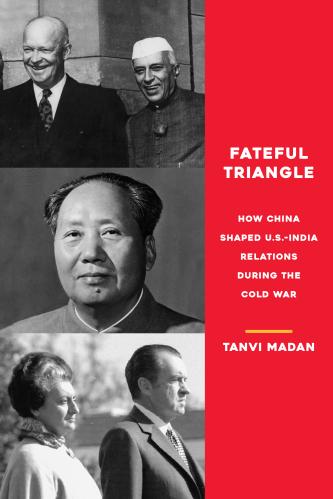
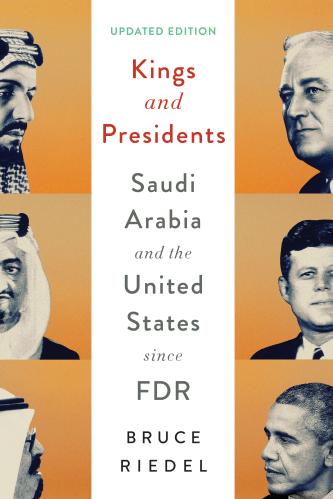
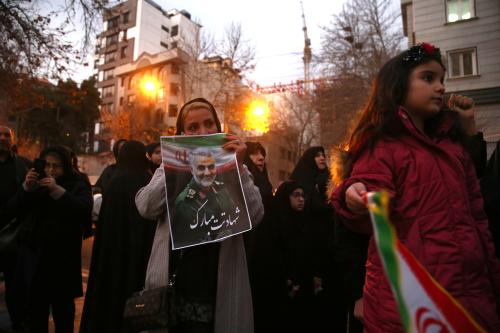
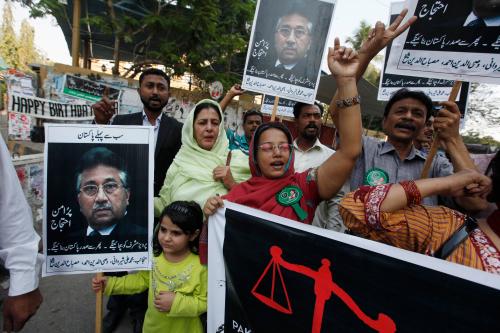
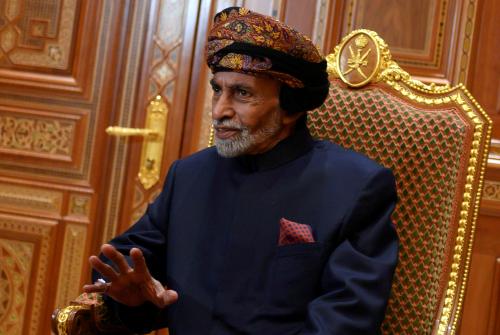
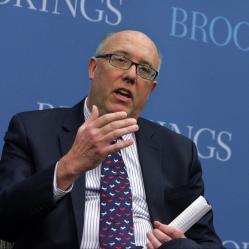
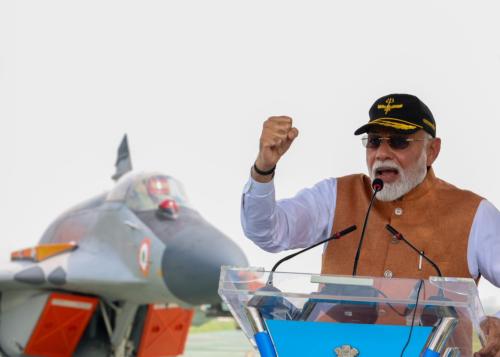


Commentary
20 years after Clinton’s pathbreaking trip to India, Trump contemplates one of his own
January 22, 2020